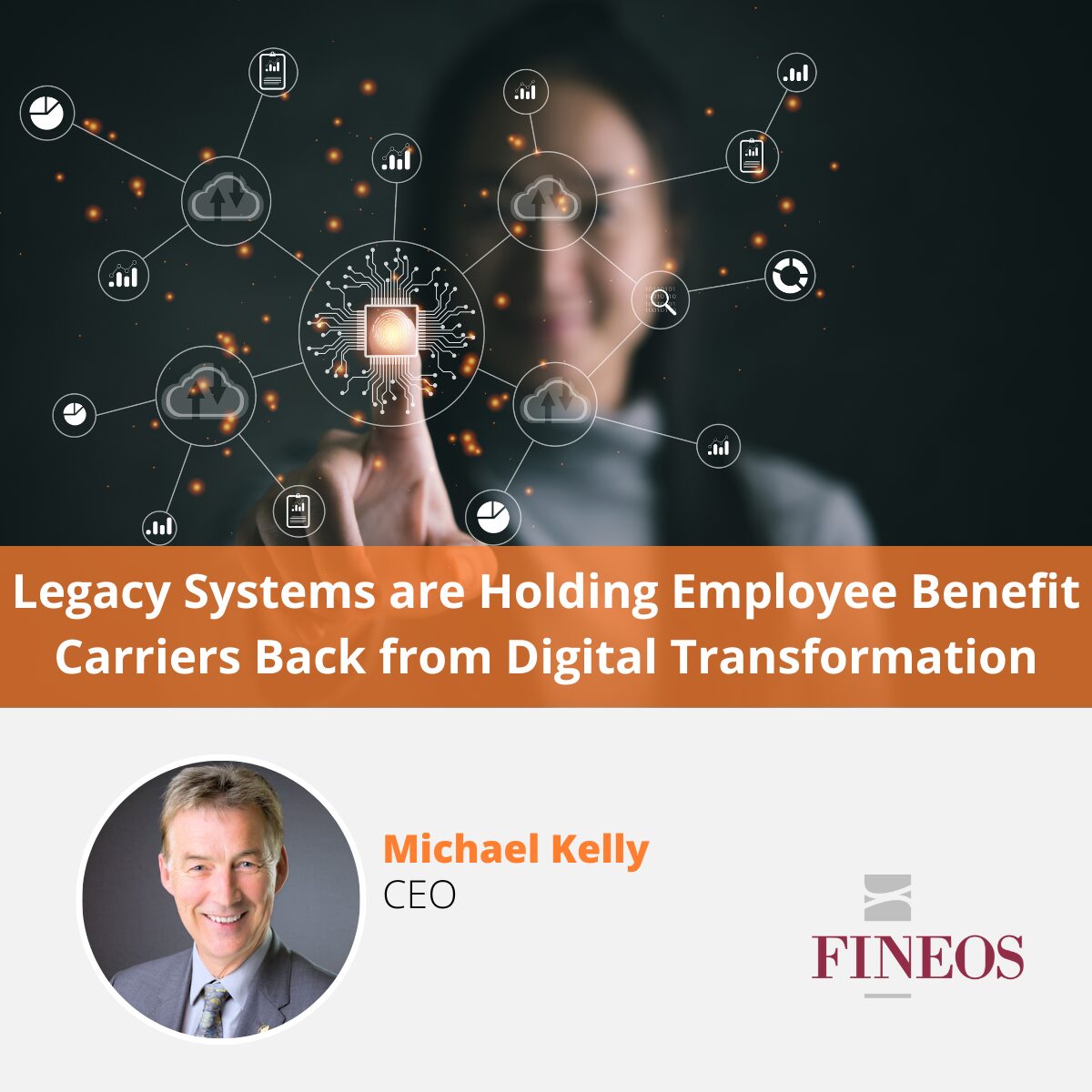A lot of the gaps in legacy core systems exist in the technology stack. This is especially true around the ability for legacy systems to be open to the insurance ecosystem using APIs, to do fast configuration using modern workflow tools, and to configure products and plans more easily using visual tools. It’s good to look for all these things as you prepare for a core system replacement project. Unfortunately, some of the systems coming to market today are laser-focused on the technology and don’t respect the inherent value of the rest of the system. The problem with focusing too heavily on modern technology is the risk of leaving large gaps in your new target system that were usually well-covered by your legacy system.
Mind the gap
Core insurance systems, like many large enterprise systems, are a bit of a conundrum. They are based in technology, but their real value is the intellectual property (IP) and industry wisdom embedded within them. The Life, Accident and Health industry, and especially the Employee Benefits market, has understood the value of the IP over the technology for a very long time. That is why such long-tail legacy systems are still valued by insurers, even if the technology hasn’t evolved with the times. But one prevailing, unmistakable fact that is often overlooked is that especially in Employee Benefits, business IP evolves additively with the pace set by the changing market where technology change is driven by the pace of technical innovation and competition, with a more disruptive approach.
A fundamental disconnect: long-term value vs. perception
The driving forces behind replacing a legacy system may be providing a technology update with a better platform to support a digital transformation project or supporting a business need driven by market conditions. But too much focus on the bells and whistles of recent technology upsets the critical balance between technology and IP. The result is a fundamental disconnect for insurers between the real long-term business value of a purpose-built core system and the perceived value of the latest, shiny technology offerings. Therefore, when insurers seek to replace legacy systems, it is critical to choose a core system that has solid technology paired with deep IP to support the business. Either one without the other is a recipe for a headache now and in the future.
Protect your IP
Technology upgrades, access to open ecosystems, and the ability to provide a better customer experience are critical elements of any core transformation project. But it’s also important to remember that maintaining and protecting your company’s IP and industry wisdom is a long-term investment. It’s not something that can be easily recreated by a few SMEs in a couple of months during a project. The value of a purpose-built core system is that it comes with industry-based IP and supporting data and process architecture, and it is designed to accept, expand, and protect your IP.
About FINEOS Corporation
FINEOS is a leading provider of core systems for life, accident and health insurers globally with 7 of the 10 largest group life and health carriers in the US as well as a 70% market share of life insurers in Australia. With employees and offices throughout the world, FINEOS works with innovative, progressive insurers in North America, Europe, and Asia Pacific.
Read why purpose-built is key to core system modernization in our white paper.


